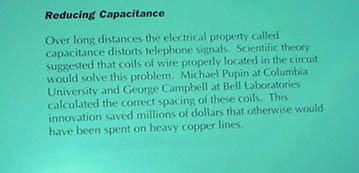
Welcome to the Tesla Memorial Society of New York Website
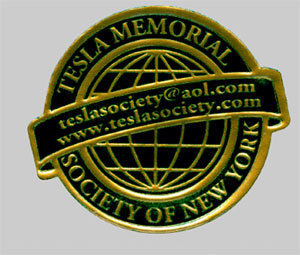
Smithsonian Institution
(Museum) in Washington D.C. pays tribute to
Nikola Tesla
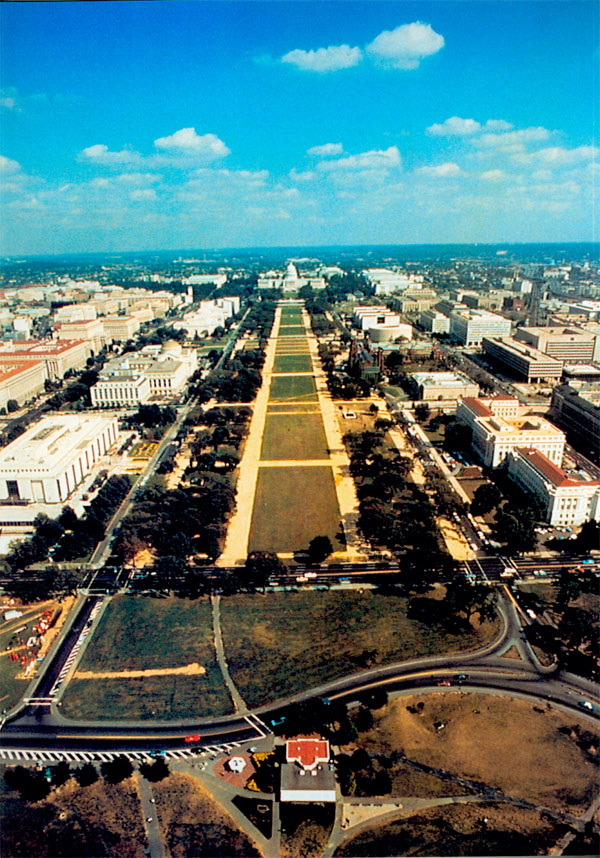
The Smithsonian Institution is the world's largest museum and research complex with 17 museums and galleries, the National Zoo and nine research centers. The collections are vast, some 143.5 million objects - some of America's most significant artistic, scientific and historic treasures. Nikola Tesla is presented well in the Smithsonian Institution. Tesla Memorial Society of New York is grateful to the Smithsonian Institution for the beautiful presentation of Tesla's contribution to humanity.

Above: Smithsonian Castle, Washington D.C.
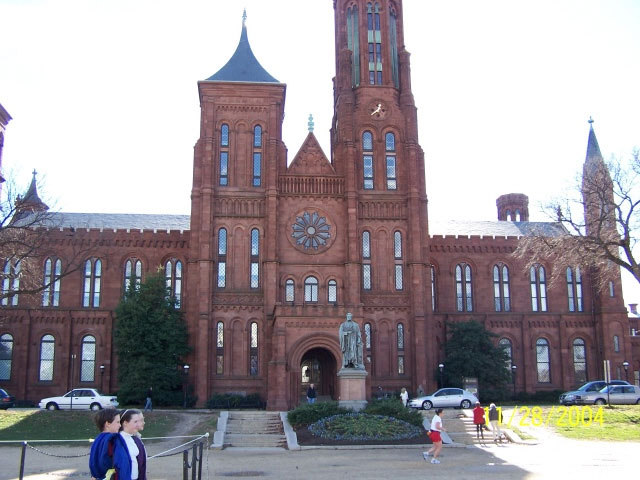
Above: Smithsonian Castle, Washington D.C.
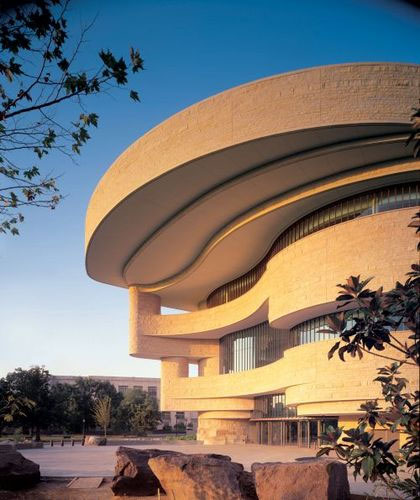
Above: Modern Smithsonian Institution building, Washington D.C.

Welcome to the Smithsonian



Above: Dr. Ljubo Vujovic, Secretary General, Tesla Memorial Society of New York in front of the Smithsonian Institution (National Museum of American History), Washington D.C. on January 21, 2005.

Above: "Lighting a Revolution" is a section of electricity in the Smithsonian Institution, National Museum of American History.
Above: The Bust of Thomas Alva Edison is dominating the Lighting a Revolution Section in the Smithsonian

Nikola Tesla is well represented in the Smithsonian Institution

Above and Below: Nikola Tesla's photo and biography displayed in the Smithsonian Institution.

Niagara Falls, New York, the First Hydroelectric Power Plant in the World - Tesla's Greatest Achievement


Above: Niagara Falls, New York - the first great hydroelectric
power plant in the world, 1895.
Above: Nikola Tesla participated with his patents in the construction of the first big generators for polyphase currents as testified by the plate from one of the generators of the Niagara Plant (1895) which lists 13 of Tesla's patents, all used in the construction of Niagara Falls Power Plant.
Above: Dr. Ljubo Vujovic by the satellite photo of the "Earth at Night". A testimony to Tesla's contribution to our civilization. Tesla's Alternating Current is lighting the globe. Tesla is the genius who lit the world.
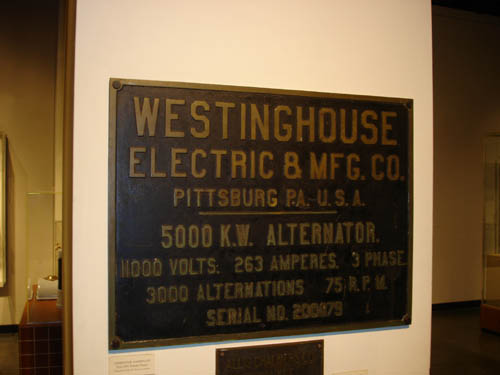
There is an impressive display of photos and text about Niagara Falls Hydro-Electric Power Plant which Nikola Tesla designed and George Westinghouse financed and finished in 1895. Niagara Falls was the final victory of Tesla's Alternating Current (AC) Electricity over Edison's Direct Current (DC) Electricity. Niagara Falls marked a new era of electricity in the world. The electrification of America and the world has begun after Niagara Falls Power Plant.

Above: Section of cable over which current over Niagara station was
conducted. April 16, 1895.

Above: Dr. Ljubo Vujovic, Secretary General, Tesla Memorial Society of New York with his son Marko Vujovic, Web Designer of teslasociety.com, visited the Smithsonian Institution, January 21, 2005. They made the photos of Smithsonian Institution, Washington D.C., a presentation of Nikola Tesla's achievements.
Niagara Falls
Building of Niagara Falls Hydro-Electric Power Plant - Tesla's greatest achievement - the electrification of America had begun
Above: Niagara Falls Hydro-Electric Power Plant, Dr. Ljubo Vujovic by photo of "Adam's Plant"
Nikola Tesla and George Westinghouse built the first major hydro-electric power plant in Niagara Falls and started the electrification of the world
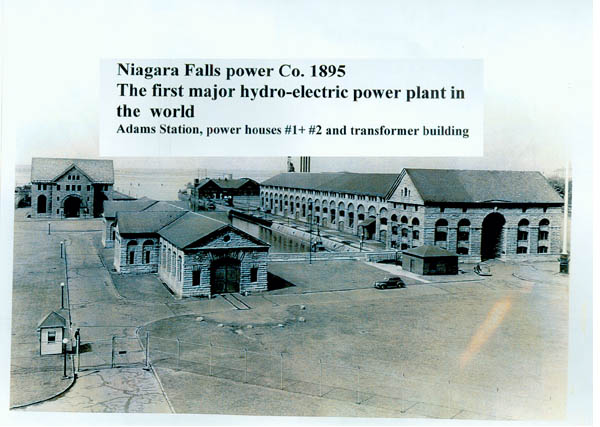
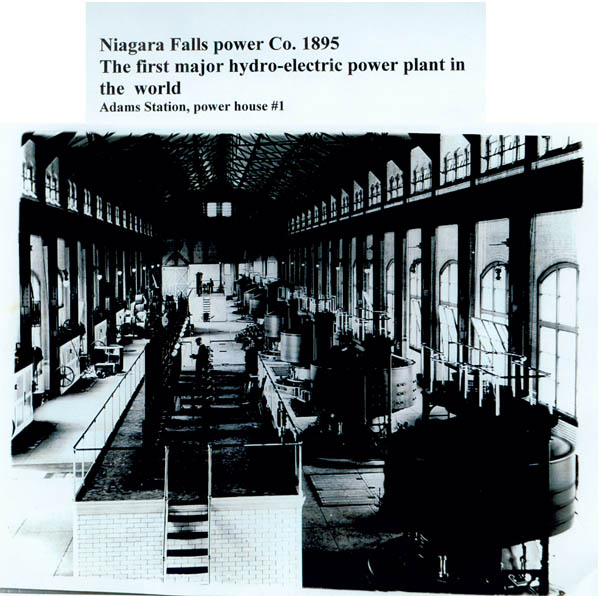
Above: A photograph of the building of Niagara Falls.
Above: Niagara Falls Hydro-Electric Power Plant, Dr. Ljubo Vujovic by photo of "Adam's Plant"
Tesla's induction motor revolutionized the industry and house-hold appliances in the 19th and 20th century. It was proclaimed one of the ten greatest inventions of all times. It uses electrical energy to produce mechanical energy and replaced manual labor in factories. Everything which moves in the electrical field of various machines and house-hold appliances is powered by Tesla's induction motor.

Above and Below: Tesla AC induction motor.





Above: Tesla Induction Motor in house-hold appliances.
Tesla Wardenclyffe Tower in Shoreham, Long Island (1901-1905)
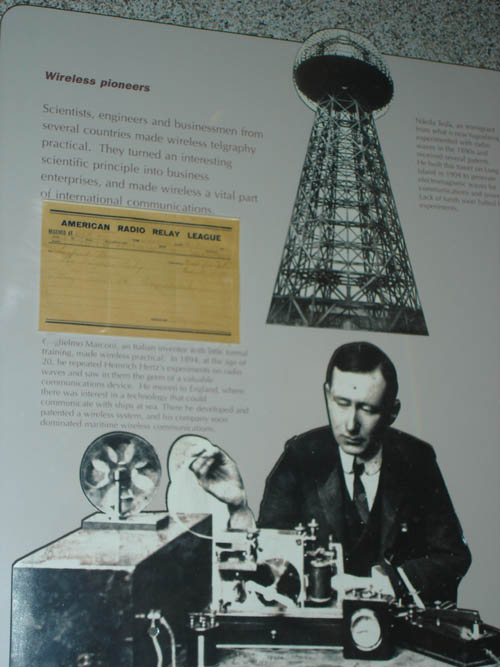
Above: Wardenclyffe Tower and Marconi in the Radio section of the
National Museum of American History, Washington D.C.
Tesla's Wardenclyffe Tower was meant to be the first broadcasting system in the world. It was also meant to be a transmission tower to transmit electricity without wires around the globe using the huge capacity of Niagara Falls Power Plant as the source of electricity. Tesla wanted to electrify the entire surface of the earth using the Ionosphere to transmit electricity. Everyone around the world would be able to light bulbs and power electrical equipment by connecting wires to the ground. J P Morgan, the financier of Wardenclyffe Tower discontinued the finances after Morgan could not figure out how to profit from this transmission of electricity around the globe.
Michael Idvorsky Pupin (1854 - 1935)
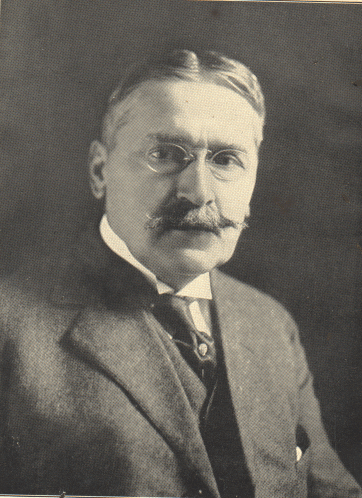
Professor of electro-mechanic, Columbia University New York
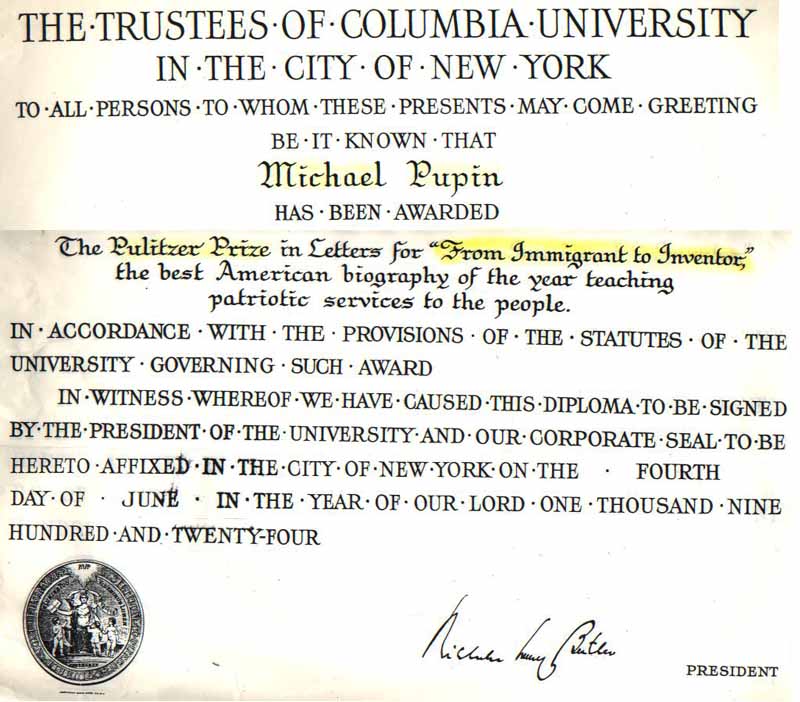
Above: The Pulitzer Prize Awarded to Michael Pupin, 1924, for his autobiography "From Immigrant to Inventor"
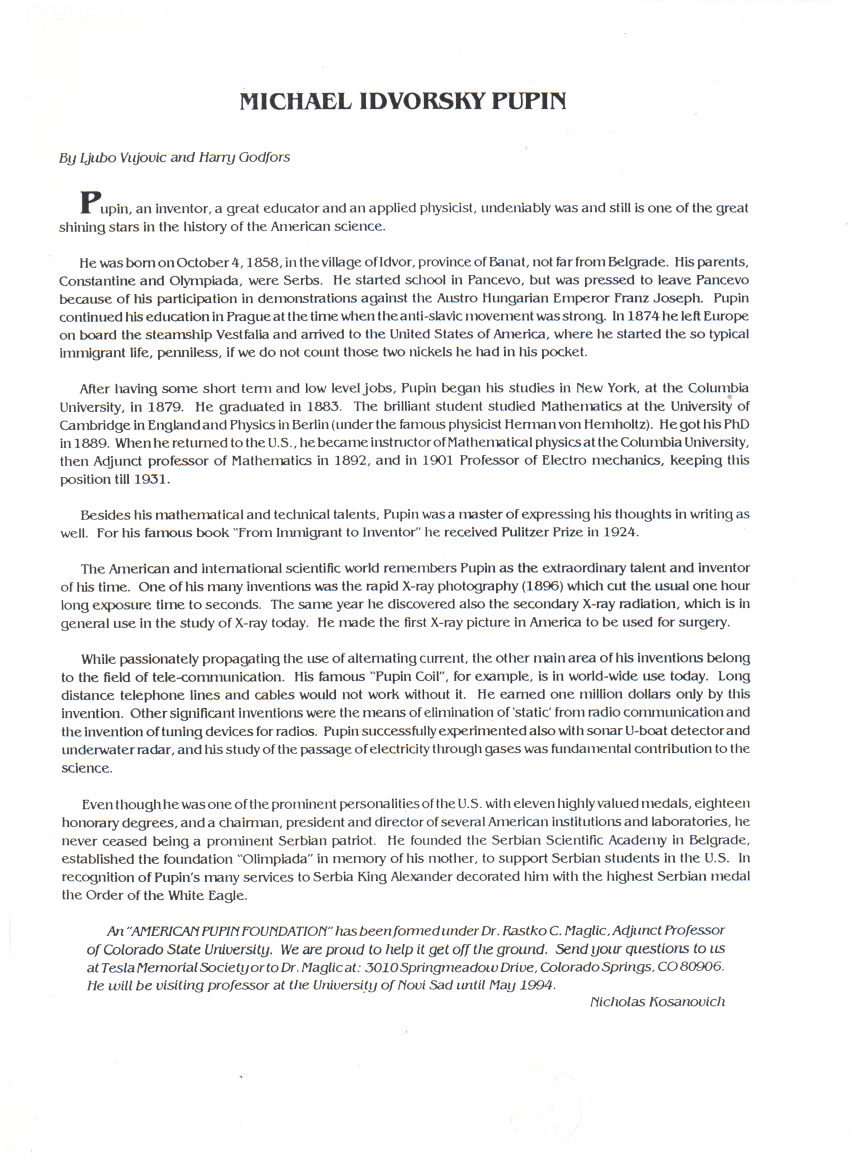
Michael Pupin was presented beautifully in the Smithsonian Institution, Washington D.C. with his Pupin Coil displayed.
He was born to a Serbian family in the village of Idvor, province of Banat near Belgrade. At the age of fifteen he came to America and work his way on farms and in factories and finally won himself an education and became one of the greatest scientist in America.
His autobiography "From Immigrant to Inventor" won the Pulitzer Prize in 1924 tells of his transformation into one of America's great electrical genius. Pupin was a holder of 34 patents, he was a prolific electrical inventor who's many discoveries included devices widely used today in telegraphy and telephony. Pupin was best known for his contributions to applied physics, primarily telephone and telegraph transmission, although he contributed to applied medicine by his work in x-ray fluoroscopy and his method of decreasing the duration of exposure to x-rays.
Pupin discovered the Pupin Coil which extended the range of long-distance telephony; and a means of overcoming static resistance to wireless telegraphy. Pupin discovered the scale on radio.
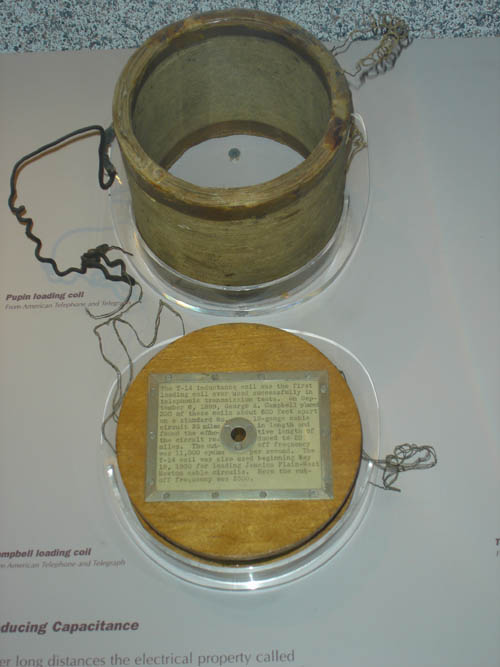
Above: Pupin Coil at the Smithsonian Museum, Washington D.C.
